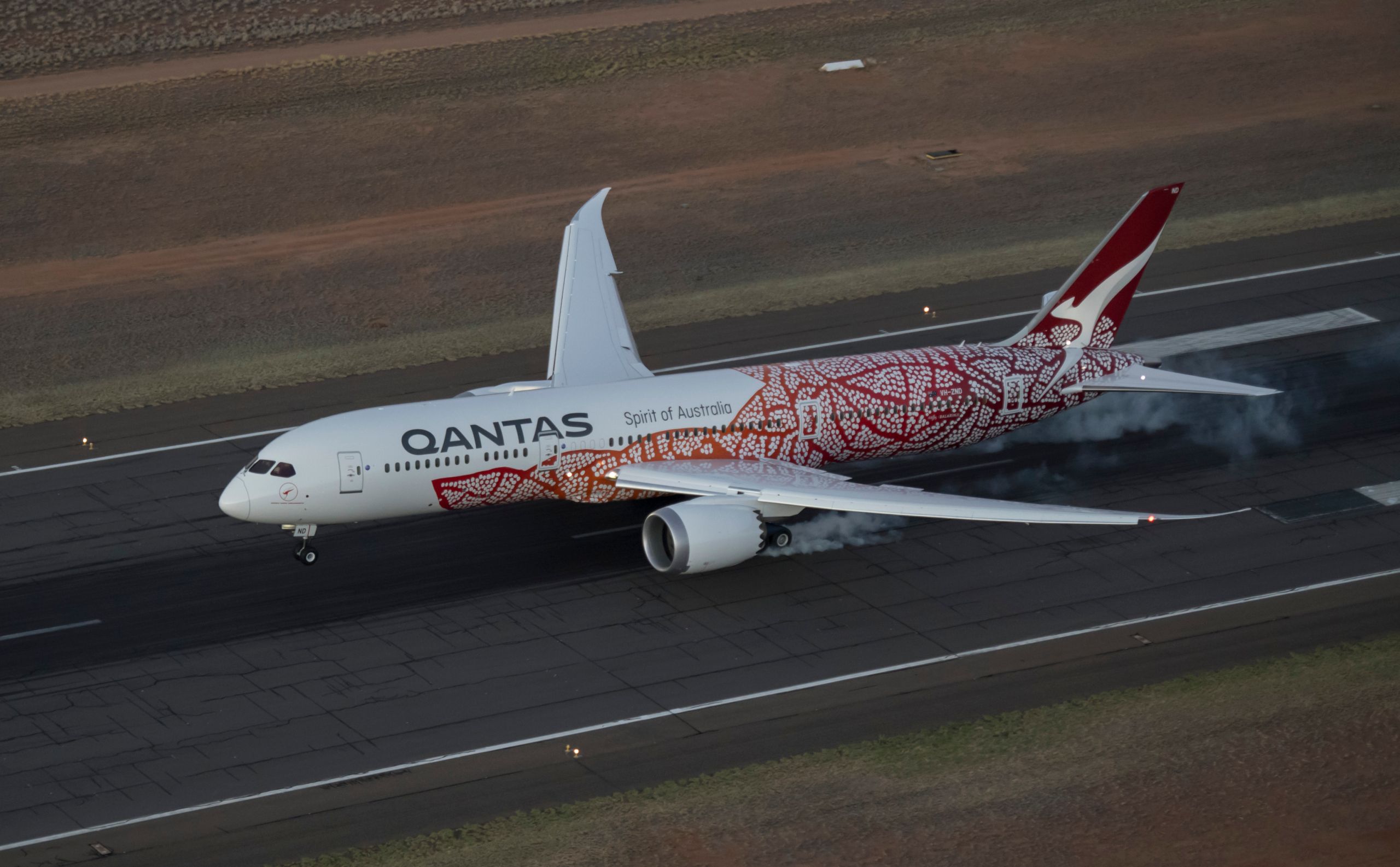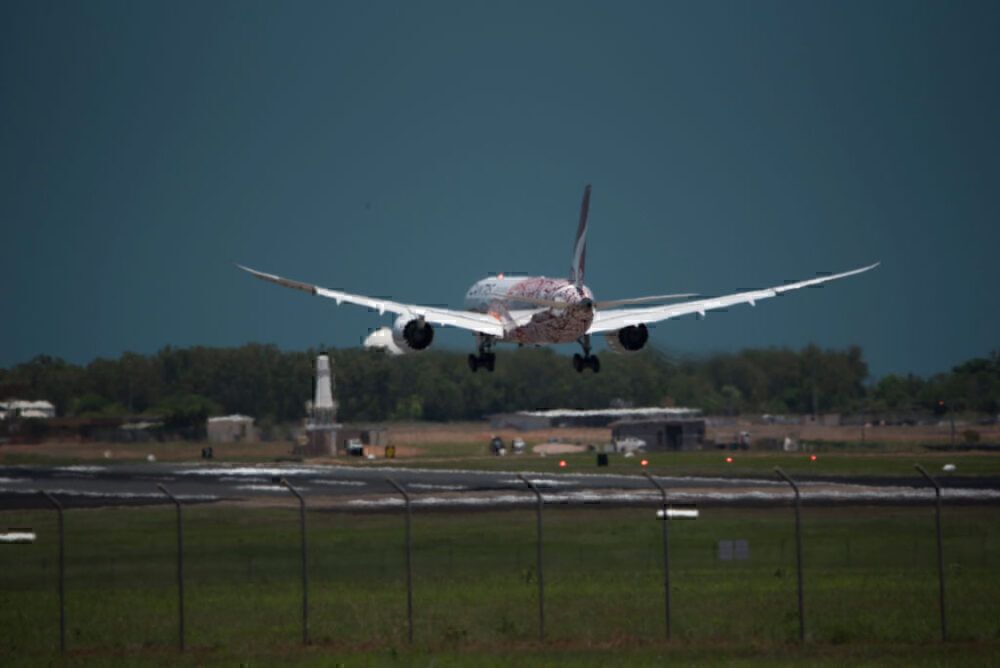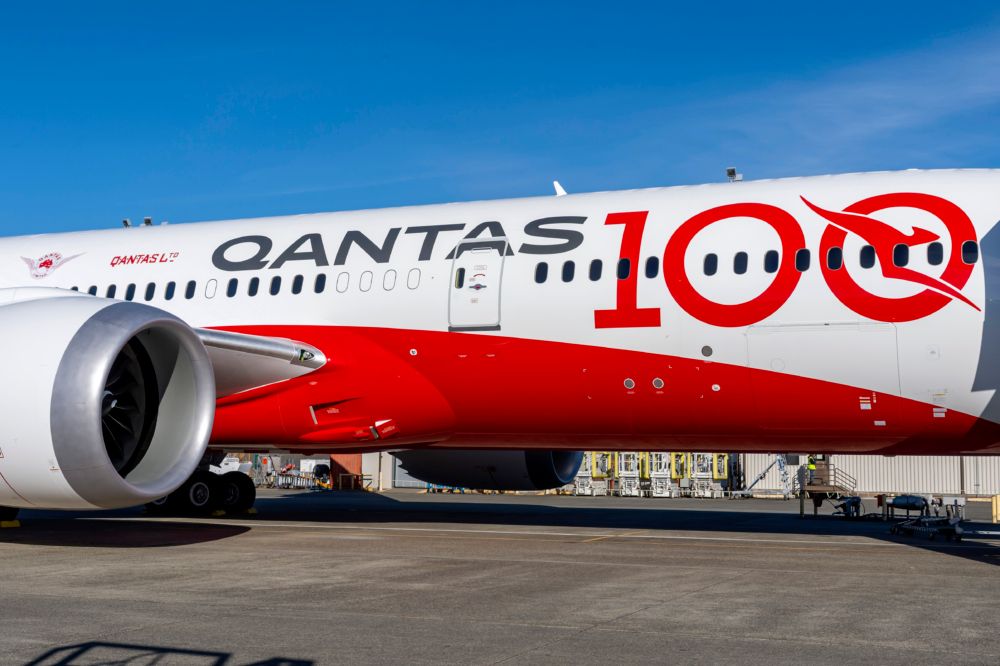Sixteen months since Australia closed its borders, tens of thousands of Australians remain stranded overseas and unable to hitch a flight home. In response, the Australian Government and Qantas are stepping up the schedule of repatriation flights.
Tens of thousands of Australians still trying to get home
According to Australia's Department of Foreign Affairs and Trade (DFAT), 38,523 Aussies are still registered with them and trying to get home. But that is only the official count, and the true number is thought to be more than double that.
Fronting an Australian Government Senate committee on Friday, a DFAT spokesperson said India and the United Kingdom currently hosted the biggest number of Australians trying to return home.
In India, there are currently 10,268 Australians stranded. The United Kingdom houses 6405 Australians trying to get home. Across the United States, Thailand, and Pakistan, 2240, 1078, and 1018 Australians are registered and attempting to get home.
The total number includes 4569 people listed vulnerable and more than 400 children. Many of those children (who include toddlers) are separated from their parents.
An already tough situation was recently made tougher when the Australian Government recently halved the number of people allowed to arrive into the country to just 3034 a week. Those airlines still flying to Australia were already subject to strict passenger limits. Those limits were further reduced, and fares rose accordingly.
Repatriation flights from Pakistan, Indonesia, and Chile all landing soon
Since March 2020. DFAT has organized for Qantas (and sometimes other airlines) to operate a series of repatriation flights. Rather than ebbing off over time, the pace of repatriation flights is increasing.
"We've conducted 320 repatriation flights," Qantas CEO Alan Joyce confirmed on ABC Radio last week. "We now have 16 flights each month that go to locations around the world like Istanbul.
"We're going to be flying to Islamabad. We're flying directly from Santiago into Darwin - one of the longest flights we've ever conducted, it's longer than New York to Sydney."
To date, Mr Joyce says Qantas' repatriation fights have brought 26,000 Australians home. On a yet to be determined date in September, the Santiago flight will stretch the capabilities of the Boeing 787-9s Qantas uses on these flights.
While DFAT, rather than Qantas, is responsible for the tempo of repatriation flights, it is the airline that tends to wear the brunt of criticism from people trying to get home. Being the public face of repatriation flights doesn't help there.
Indonesia proving a hard country to leave
In addition to Santiago, Qantas is preparing to operate a repatriation flight from Indonesia this month. 780 Australians stranded in Indonesia are registered with DFAT, and around half are listed as vulnerable. Repatriation flights from Indonesia to Australia have been few and far between. Despite its proximity to Australia (Denpasar is less than three hours flying time from Darwin), there is now only one scheduled service a week between the two countries.
Garuda Indonesia flies between Jakarta and Sydney weekly. That service's future is in doubt given Garuda's perilous finances and Australia's further reduction in passenger numbers. In any case, there are no seats available on Tuesday's GA712 flight to Sydney for the remainder of 2021, and the last tickets available were costing north of US$8,800.
Qantas repatriation flights run at cost and are subsidized by the Australian Government. Those listed as vulnerable get access to the cheapest tickets. Those considered able to look after themselves pay slightly more but nothing like the prices quoted on scheduled commercial flights. Everyone arriving into Australia is then up for a couple of thousand dollars more in quarantine costs. The availability of quarantine beds also impacts the number of repatriation flights operating.
Nearly a year and a half after the travel downturn began and Australia closed its borders, it is going to take a lot more Qantas repatriation flights to get these people home.



